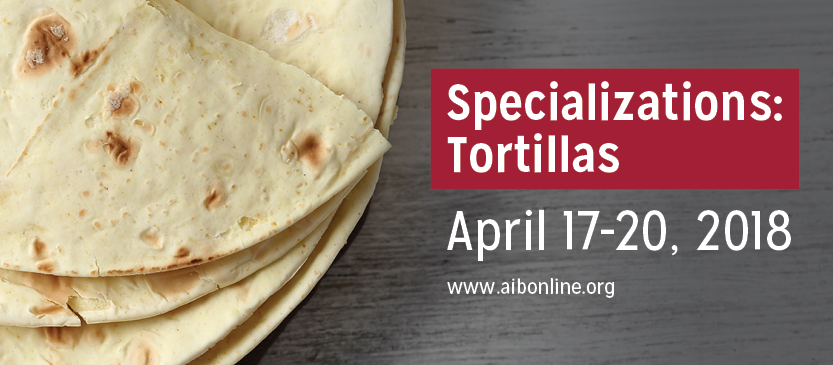Tip of the Week: 4 Smart Ways to Keep Tortillas From Sticking Together
Of all potential tortilla defects, a primary complaint is tortillas sticking in the bag. When tortillas stick together, it’s almost impossible to use the product. The solution isn’t a complicated technique or a hard-to-find ingredient, it’s foundational steps when producing and packing tortillas. Here are four smart ways to keep your tortillas from sticking.
Ingredient Quality
The first way to avoid sticking is through the quality of ingredients. Always review ingredient quality and test before production. Flour strength affects sticking. The stronger the flour the higher the protein and resistance to extension. A weak flour is the same as poor gluten quality, and translates into poor dough, weak baked film formation, and poor resistance to compression. Always use a good quality bread flour when producing tortillas.
Another ingredient to review before production begins is the amount of fat included in the tortilla formula. As the fat percentage increases, protein is diluted and equivalent to low gluten. Liquid oils can enhance the surface adhesion and sticking between layers.
Process
Along a similar line of ingredients, to obtain full hydration and development it is suggested to control the mixing time and temperature. After the dough is done resting, continue reducing the chance of tortillas sticking together by controlling the press and baking process.
- Press: dry, stiff doughs require increased pressure, dwell time, and temperature. During the press step, the heat gelatinizes (or cooks) the starch, sets the structure, activates the leavening, and creates top and/or bottom crust. The process holds in steam which increases the likelihood of pillowing and sticking. Regulate the press to obtain desired size with the lowest possible temperature and dwell time.
- Baking: under baking, excess residual moisture, and insufficient surface drying will cause tortillas to stick. If tortillas are under baked, the thin crust appears and weak blisters will create tears and flakes. Calibrate the oven for correct bake settings to avoid pillowing and blisters.
Cooling
The purpose of cooling hot tortillas is to fully prepare the product for packaging, transportation, and storage. If the room that tortillas rest in is cool or wet this can cause mist, dew, or fog to condense on the tortilla bag. Keep the room at cooler conditions to obtain optimal tortilla pack temperature.
Packing
In recent years packaging has become another essential piece of tortilla production. Technology advances increase shelf life along with consumer demand. Cooling the tortillas as quickly as possible helps avoid the risk of contamination. Once cooled the tortillas can be frozen to extend the shelf life even further. The key of all tortilla packaging is to minimize temperature shifts to avoid moisture migration, avoid excessive compression, and over‐packing or excessive weight.
-------------------------------------------------------- WHAT’S AHEAD -------------------------------------------------------
Our Specializations: Tortillas seminar is designed to give you the tools and facts that you'll need to respond to the expectations of the diverse customer base that is requesting among other things: variety, shelf-life, new flavors, reduced salt, gluten-free, and organic.


